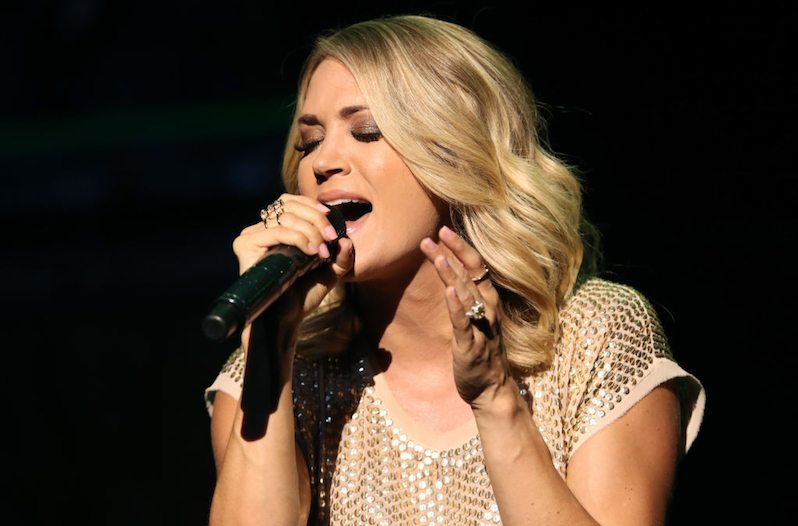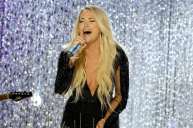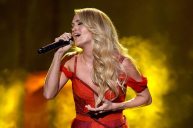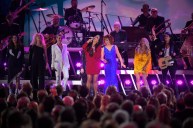Dr. Jada E. Watson of the University of Ottawa and the SongData project, in consultation with WOMAN Nashville, followed up research shared in April with additional proof of how commercial country radio's gender imbalance problem only gets worse.
Watson's research shows that statistics got worse despite media coverage of similar studies and various cultural shifts (from Me Too to "Tomatogate") drawing unprecedented attention to gender representation on country format radio. Indeed, a low point for female voices on commercial airwaves and Billboard's yearend country airplay chart came last year.
"In this study, the last five years (and in some cases 2018, specifically) emerged as particularly alarming years for country music culture," Watson concludes. "Results show that, despite heightened awareness to inequality on radio since 2015, the number of women and male-female ensembles - and the number of songs by them - declined to drastic points. Women received such an incredibly small percentage of radio airplay that they did not receive enough spins to tank in the top positions of the weekly charts or even make the Top 10 of the yearend reports."
April's study showed that the most-spun female country artist between 2000 and 2018, Carrie Underwood, received half as much airplay as the overall most-played artist, Kenny Chesney. New data which divides spins by different times of the day (early morning, midday, the after-work commute and overnight) further exposes the problem by revealing that men rising to prominence this decade, such as Florida Georgia Line, got more spins in the past five years than some women active in the mainstream since the turn of the century.
Beyond undermining the hard work of living legends Reba McEntire and Shania Twain, veterans like Miranda Lambert and such newer acts as Kelsea Ballerini, statistics show that radio programmers create an unfair playing field for male-female ensembles, including the CMA and Grammy award winning trio Lady Antebellum.
Read More: Shania Twain Says Country Radio is "Too Much of the Sameness"
Per the new study, the ratio of new singles on country radio playlists in 2018 by male artists to those by female artists was 4.2:1. If superstars the caliber of Underwood, Lambert, Ballerini and Lady Antebellum work as examples of country music's radio airplay gap, then women artists seeking their first taste of music industry exposure face what must seem like insurmountable odds.
"What we see in the results is a feedback loop that has slowly eliminated opportunities (in the form of spins) for female artists, and gradually erases them from the genre's ecosystem," Watson reports. "Women's voices and stories have become increasingly unfamiliar to audiences as a result."




